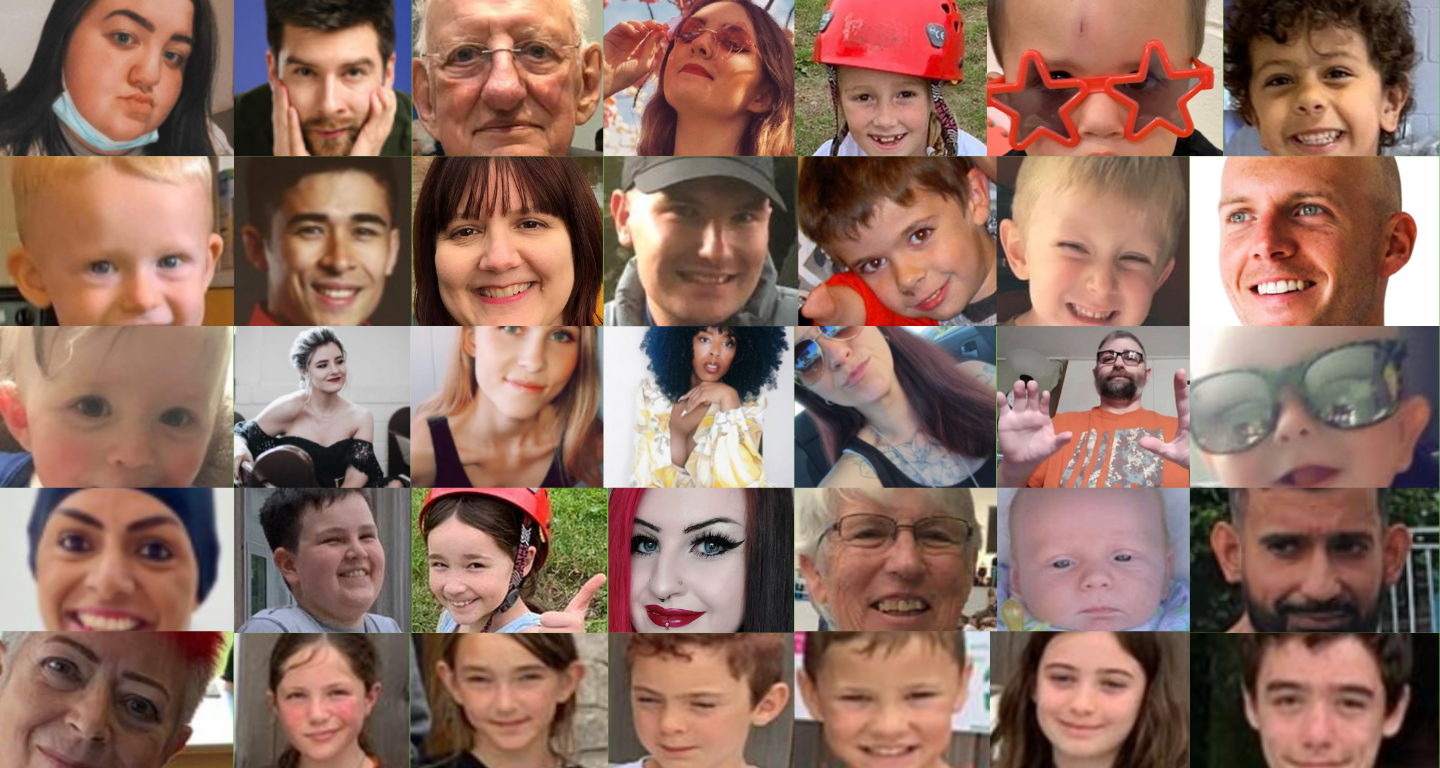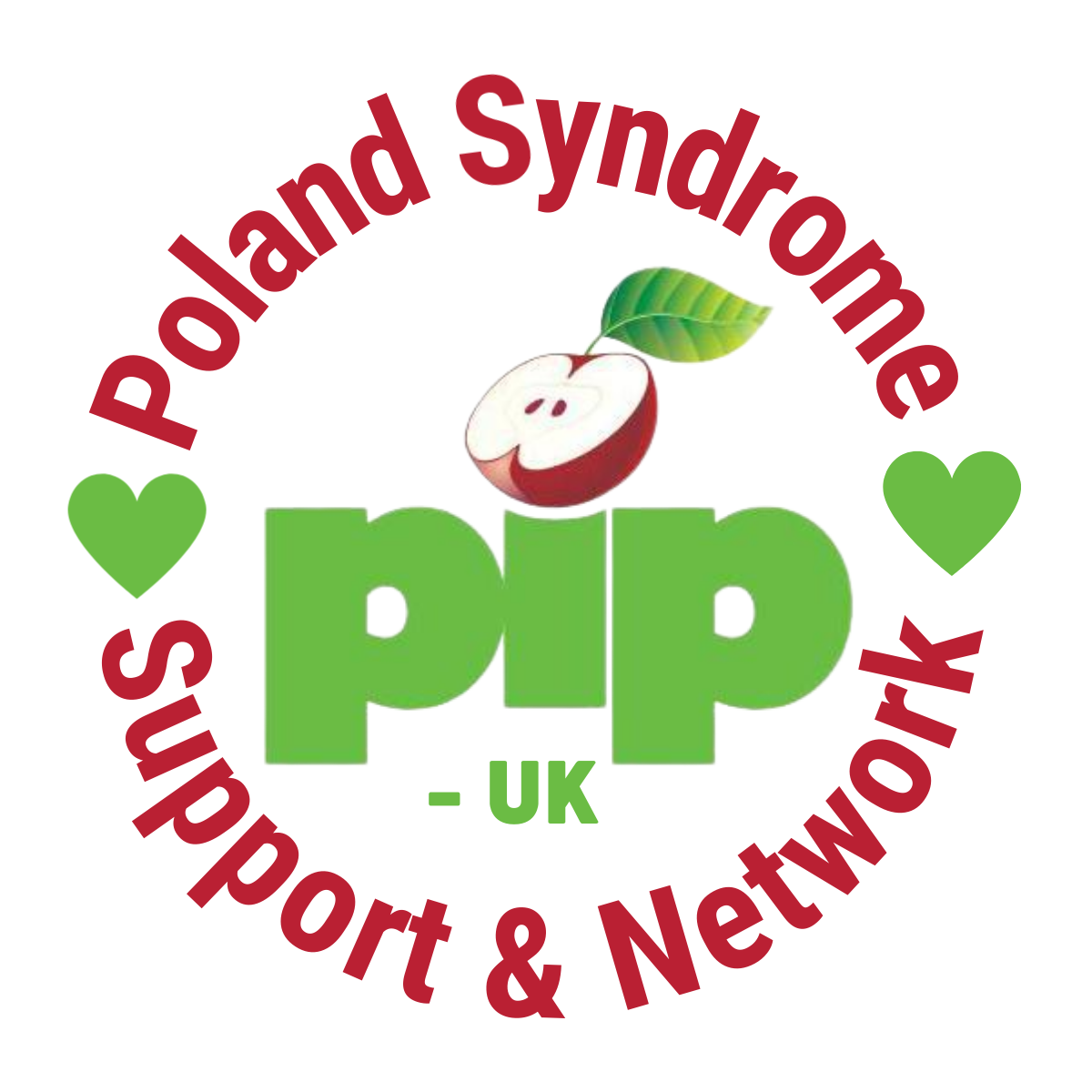Welcome to the Global Poland Syndrome Community Register Page.
The Poland Syndrome Community Register has been in the making for ten years. It is based on a tried and tested model adopted by the Italian Poland Syndrome Association to generate scientific activity into Poland Syndrome.
This register is how we are going to finally get all our voices heard and improve the diagnosis and treatment for Poland Syndrome.
In signing up to this register and completing the surveys you are part of the creation and ongoing development of a Poland Syndrome specific international data resource which benefits the Poland Syndrome Community by:
- Increasing understanding of Poland Syndrome
- Encouraging an efficient and timely diagnosis
- Enabling progress in research and clinical trials
- Facilitate the development of treatment for Poland Syndrome
Hear from Nan, Becca, Kim, Richard, Lewis, Gift, Gene, Stuart, Manuel, Lily, Sydney, Rupinder, Trudie and Ericka, as they share their experiences of living with Poland Syndrome and why they think the Poland Syndrome Community Register is important.
Questions and Answers about the Poland Syndrome Community Register
Q1. What is the Register?
Q2. Why are Registers needed in clinical research?
Q3. Who can participate in this Register?
Anyone with a physician-confirmed diagnosis of Poland Syndrome or parents/caregivers of someone with a physician confirmed diagnosis of Poland Syndrome.
Q4. Why is there a question about genetic variances when Poland Syndrome is not understood to be a genetic condition?
Q5. I do not live in the UK can I sign up?
Yes, please do.
We want everyone in the world with Poland Syndrome to sign up, as this will help us towards our research goals.
The register is only available in english
Q5. How often do I need to complete surveys?
When you first sign up you will be presented with 4 surveys to complete.
A medical survey, a quality of life survey (SF-36), a demographics survey and a contact details survey.
All survey except the quality of life survey currently only have to be completed once.
The quality of life survey (SF-36) needs to be completed every 6 months and you will be sent a reminder about this. The clinical experts at Pulse Inforframe this information is updated twice a year as the questions ask participants to reflect on their last 30 days.
Over time this will really help with research into how Poland Syndrome affects everyday life and how we can work towards improving it.

